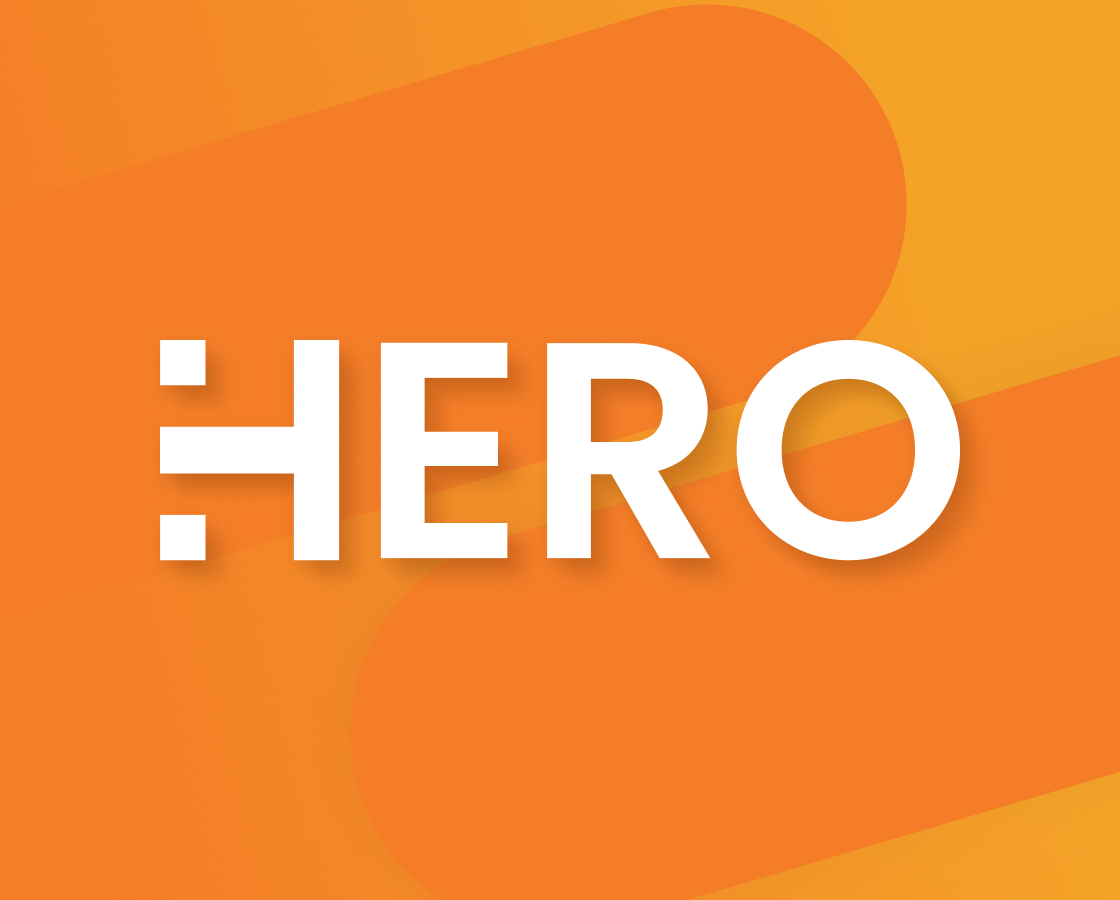In the ever-evolving world of telecoms, the start of a new year marks a time to reflect and predict what to expect next. Is 2024 a time for innovation? Or are we likely to see further developments of existing trends instead? Here, we’ll share our predictions for the future of telecom technology in 2024.
Reflecting on 2023, there were some serious updates in the telecom world. Clarification on the challenges that 5G monetisation will bring, market consolidation in Europe and further growth of eSIM technology have been some key takeaways from the year. But moving into 2024, it’s likely that digital, intelligent, and easy-to-use technologies will hold significant promise for telco success.
Generative AI
Unsurprisingly, generative AI is on the list of technologies to watch in 2024. It’s emerging as a game-changer for many industries and applications. Unlike conventional AI, generative AI is designed to be creative and adaptable. Using advanced machine learning algorithms to create new content autonomously. The launch of ChatGPT in late 2022 has plunged AI into the limelight. With most people having some basic understanding of what it is and how it can be used.
But in 2024, we’re likely to see a shift towards the development of profitable use cases for the technology — in telecoms and elsewhere. For businesses, generative AI’s flexible nature presents an opportunity to create a more human-like representation of their brand that can build genuine customer relationships, enhancing customer loyalty and satisfaction. But what could generative AI offer telcos specifically?
Its self-learning capability is valuable for telecom operators looking to enhance network efficiency, predict and prevent outages and optimise resource allocation in real-time. Think the generation of documentation such as service level agreements, data analysis for network configuration, creation, and management of digital twins. To replicate a network for testing and optimisation without any risk to the live network. Throughout the year, we’re likely to see some development in the technical applications for generative AI, beyond the likes of ChatGPT.
Future of telecom – Success will lie in digital
TM Forum’s Reigniting Telecoms Growth report predicts that the telecoms industry will grow by 1.8% between 2022 and 2027. It’s crucial to consider where this growth will be.
The ongoing success of digital operators is a testament to the industry’s adaptability in the face of changing consumer behaviours. A greater aptitude for digital services is becoming commonplace among consumers. They crave digital interactions thanks to the greater convenience they offer. Successful growth will likely be reserved for those with a comprehensive digital service offering. Which explores new and alternative revenue streams.
For existing telecom operators, success in 2024 will involve a transition from the traditional telco to techco. With the ROI of traditional telco services plateauing, telcos will need to not only think about their digital transformation but also implement additional digital services to ensure profitability. This could be anything from adding an eSIM capability to your app to enhance customer experience or embedding financial services to enable banking functions. The idea is that telecom operators will eventually operate ‘super-apps’. Which are applications providing multiple services including social media, banking, e-commerce and messaging in one.
No/low code BSS
To enable the rapid launch of new revenue streams, the agility of no/low code business support systems (BSS) makes them essential to success. No/low code simplifies complex software development processes by minimising the need for intricate coding. By adopting no/low code technology, telcos can accelerate the pace of innovation. And launch new functions and use cases with a significantly reduced time to market. Helping them to stay ahead of the curve.
Mobilise’s HERO platform, created with a unique development methodology, strikes a balance between low code and custom code. Giving maximum flexibility to customise when necessary, while at the same time minimising cost in areas where little value can be created for the business. The addition of low code makes the process significantly quicker and easier to implement, supporting telcos to stay ahead of the curve and keep operations flowing.

2024 will certainly see some serious developments to make digital telco processes quicker and slicker. Technologies that enable more efficient operations, like no/low code software development and generative AI, applied to a range of new applications and use cases will be the key to 2024 and beyond.



